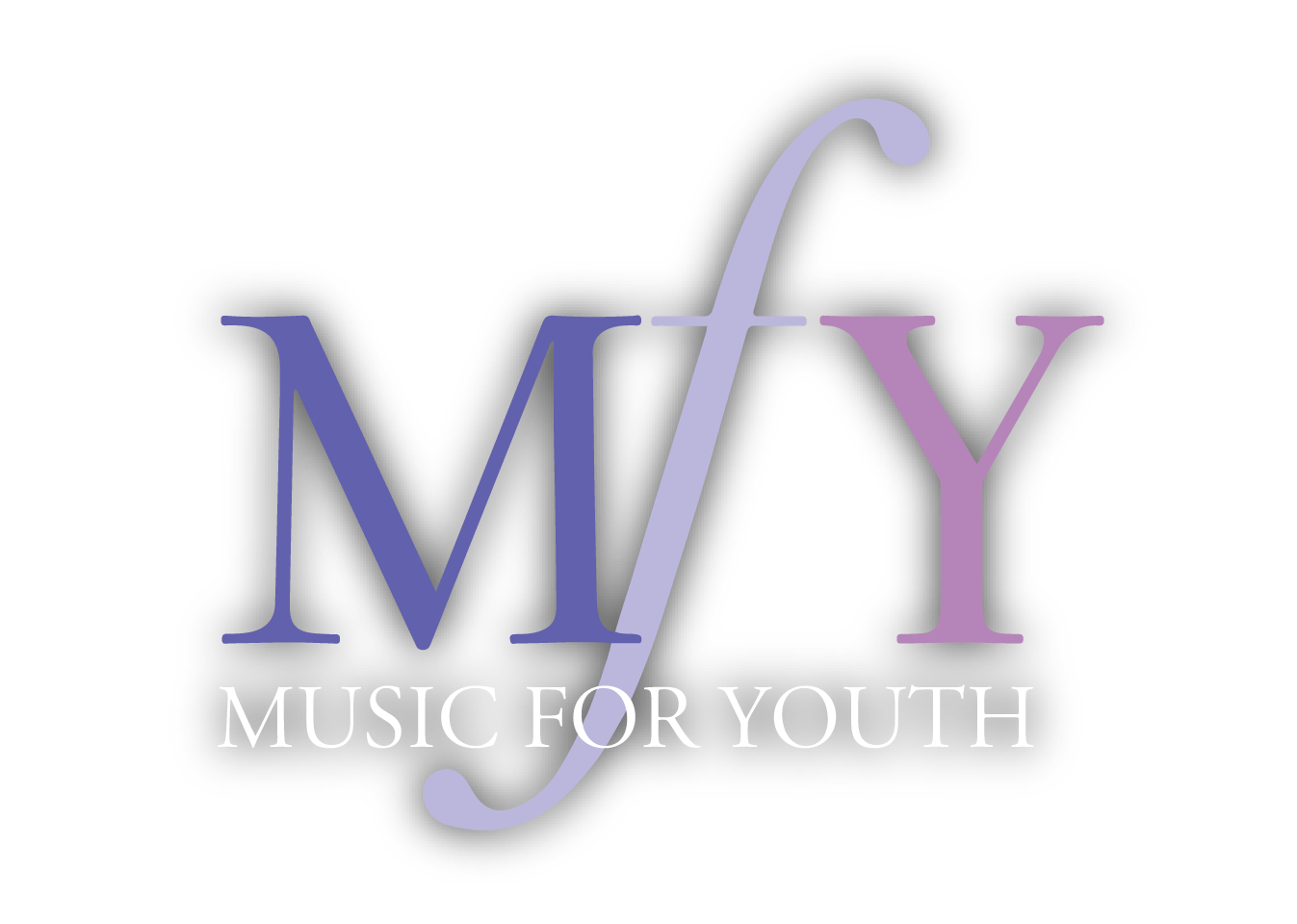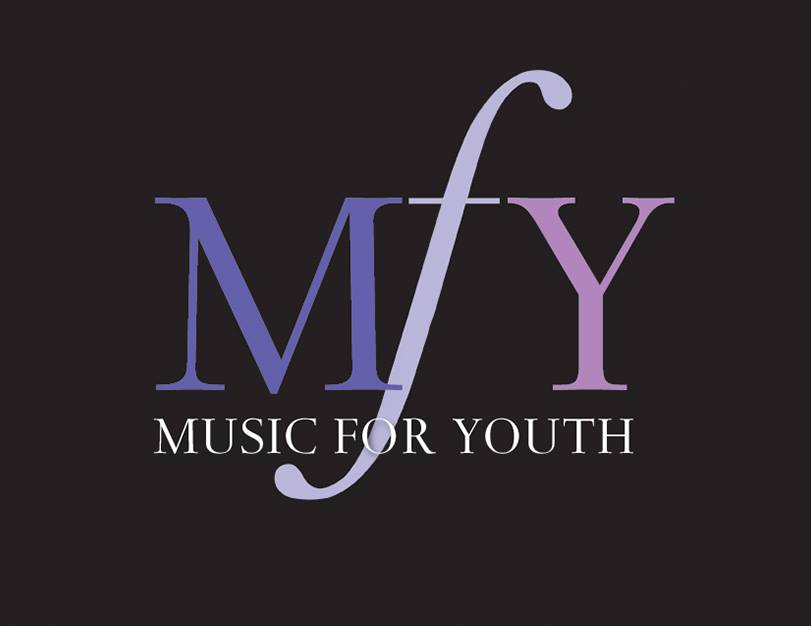For more information about the College Prep Program for Musicians click here!!!
Meet the Orchestra Series
Elyrica Trio
Wendy Kerner, harp; Patrick Duane, violin; Rebecca Patterson, cello
Recorded at Trinity Episcopal Church on January 28th, 2021
Music for Youth and Pequot Library proudly present a unique *virtual* concert series that will take students on a musical adventure as they explore the science of sound and the math of music. Through performances by world-class orchestral musicians recorded in the historic sanctuary of Trinity Episcopal Church, students will learn about the mechanics of sound and the mathematical constructs of music, as well the repertoire and composers that have brought orchestra music to us through the ages. Education materials will also be provided to reinforce learning.
This recording features the Eryica Trio. Trio means three and the string instruments you will hear include the harp, cello and violin. We will explore how these instruments make a sound from three professional musicians who have spent their lives exploring how to make their instruments shout, whisper and sing. How does sound change pitch (go higher and lower), how do you create a louder or softer sound and what do the words harmony and dissonance mean and why are these two words so important to a composer who wishes to express an emotion. We hope to leave each student with an appreciation of the gift of hearing and why it is so important to protect your ears.
Teachers! If you are interested in using the full recording of this video please contact musicforyouthct@gmail.com. In subject line write: Meet the Orchestra
Excerpts from the recording
Repertoire and talking points:
Boismortier Trio Sonata, op 37, No. 2 – Allegro. (Trio)
This lively piece written over 300 yrs. ago highlights the unique ability of 3 instruments to create a single voice. Each instrument with such a different character and voice becomes one harmonious blended sound.
Ludwig van Beethoven Ode to Joy – theme from the 9th Symphony. (Trio)
Wendy asked the students to notice the very different way each instrument expressed the melody. Can the students sing the melody, and have they heard this melody before?
We talked about the miracle of hearing and how our sound processes sound from the time the string creates the vibration to when it reaches our brain.
Benjamin Britten, Interlude from the Ceremony of Carols (Harp solo)
Wendy talked about how string length affects sound.
She mentioned that when she cut the string in half, the wavelength doubled creating a higher pitch.
Maurice Ravel Sonata, tres vif. (Violin and cello duo) “extended techniques”
Rebecca and Patrick used many special techniques in this piece that created sounds that expanded the traditional palette of their instruments.
Johann Sebastian Bach – Gigue –solo from Cello Suite No.3
Becky talked about “tempo” here. She mentioned that tempo often affects the emotional quality of the music. She also talked about dissonance and resolution. She played an example of how Bach used this technique frequently in this piece of music. It’s one of the most important ways music moves and is often found at the end of a piece.
Carlos Salzedo-Song of the Night (solo harp)
Wendy used many “extended techniques” to create a wide variety of sounds on her harp including glisses with nails, knocking, sweeping hands across wires and using different materials across the strings.
Patrick Duane’s – Allegro (solo violin)
Patrick is a violinist and a composer. He talked about the experience of being a composer and how his compositions are often affected by the sounds he hears.
Ralph Vaughan Williams – 3rd movement from the “Six Studies in English Folk Song. (Harp and cello)
Wendy discussed how dynamics can be manipulated on string instruments.
Scott Joplin – Easy Winners arranged by Wendy Kerner for the Trio
Wendy discussed the importance and effect of tempo on music. They played sections of this piece slowly then up to tempo. Scott Joplin was famous for his syncopated music.
Syncopation occurs when a rhythmic pattern that typically occurs on strong beats or strong parts of the beat occurs instead on weak beats or weak parts of the beat. The syncopated rhythms are usually easy to sing, since they often match speech better than straight rhythms. Try clapping a long with the music and see how the downbeat falls on the 2nd and 4th beat.
It all starts with a vibration!
Misty, Rebecca and Patrick talk about how sound is produced on their instruments and how our ear processes sound.

